Emus (Dromaius novaehollandiae) are enormous birds weighing up to 132 pounds and growing as tall as 6.2ft. They have large eyes and typically live in open grasslands. Emus are omnivorous and love to feed on seeds, fruits, flowers, and insects. There are numerous amazing facts to note about this remarkable bird. For example, emus can’t fly even though they have wings. Again, they deal with many predators, including eagles, dingoes, and hawks. Sometimes, dogs, monitor lizards, pigs, and foxes‘ prey on their chicks and eggs.
Emus have an unusual call that one can hear miles away. They also have a lifespan of 15-20 years in captivity. If you’re in for more incredible emu facts, we’ve discussed ten of them below to feed your curiosity.
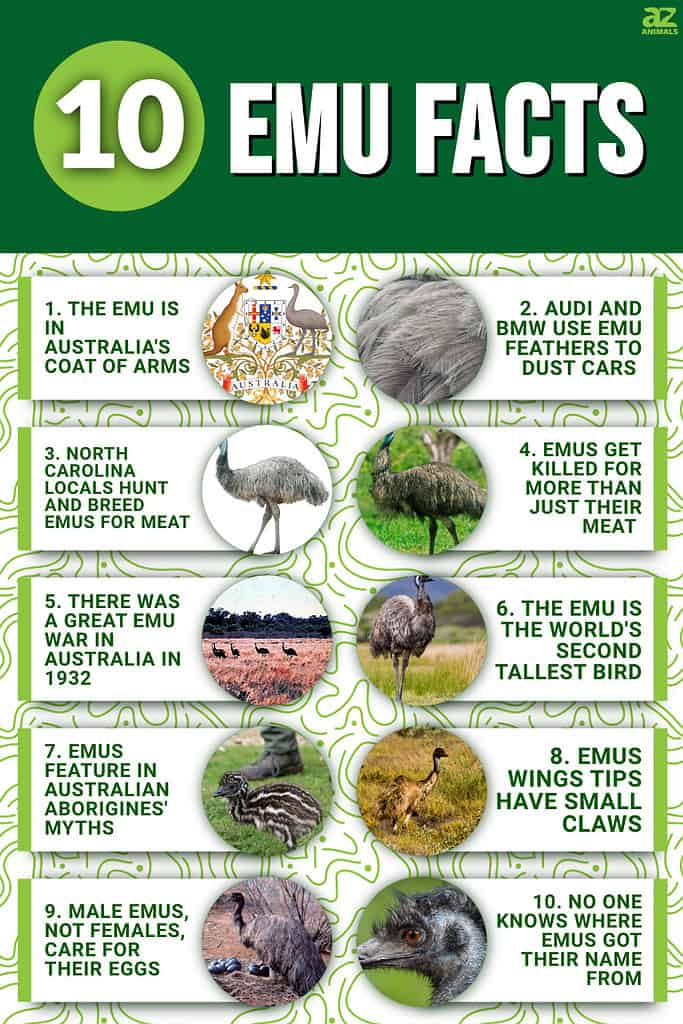
1. The Emu Is In Australia’s Coat of Arms

The country chose these animals because they can’t walk or jump backward. As such, they symbolize the nation’s ever-forward movement.
©Vektori Cetiri/ via Getty Images
There are two animals in Australia’s coat of arms, the formal symbol of the Commonwealth of Australia—the kangaroo and the emu. The country chose these animals because they can’t walk or jump backward. As such, they symbolize the nation’s ever-forward movement.
Again, one can find kangaroos and emus only in Australia as they’re endemic to the country. The emu population is dense in most of the country’s less crowded areas. It’s worthy of note that emus are Australia’s most giant native birds, and they also appear on the country’s 50-cent coin.
2. Audi and BMW Use Emu Feathers To Dust Cars
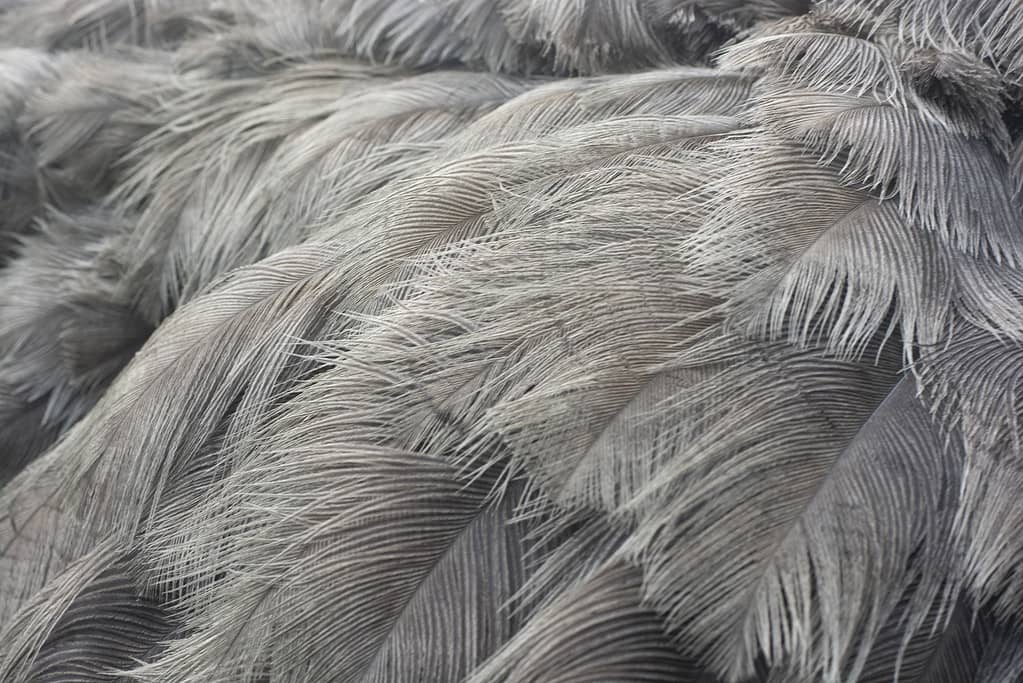
©MaxGeorge/ via Getty Images
Audi and BMW are among the world’s most famous automotive manufacturers. Apart from technology and robotics, these companies have something else in common—emu feathers. Both companies use emu feathers as dusters to wipe their motor vehicles before and after painting them.
Emu feathers effectively remove fine particles to ensure that the painting is as smooth as possible. While Audi imports their emu feathers, BMW source theirs from their emu farms in Bavaria, Germany.
3. North Carolina Locals Hunt and Breed Emus For Meat
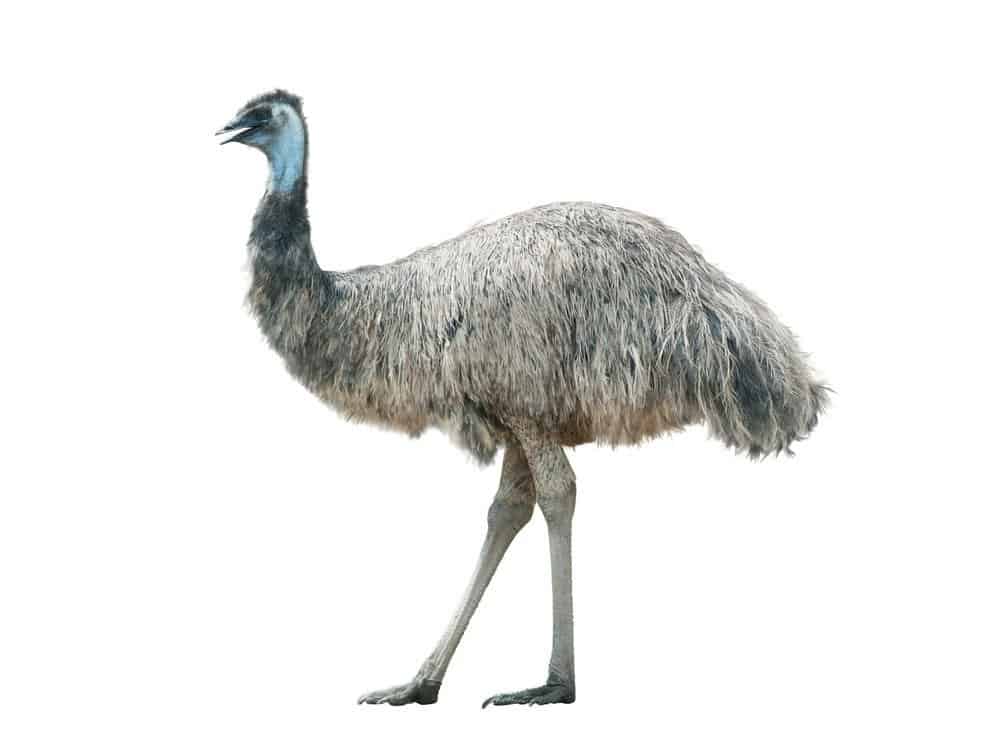
Emus are Australia’s most giant native birds.
©mariait/Shutterstock.com
Did you know that there’s such a thing as emu burgers made from emu meat? Yes, many aboriginal Australians and North Carolinians hunt and breed emus for their meat. Australians have continued to use traditional emu hunting techniques for this purpose. For example, they will typically lure emus with drinking water or poison waterholes that the animals are sure to visit.
Emu meat is red, unlike the meat of many other birds that are typically white. Their meat is highly proteinous and low in fat, making it a healthy alternative to beef. Emu meat also contains vitamins and minerals like Vitamin C and iron. Some people describe the taste of emu meat as juicy, tasty, and just like beef.
4. Emus Get Killed For More Than Just Their Meat

Emus can travel great distances, and when necessary can sprint at 50 km/h (31 mph).
©iStock.com/Gilnature
While it’s true that people kill emus for meat, they’re helpful for more than just food. First, people have been known to use emu feathers to decorate and make clothes. For example, many Australian soldiers used emu feathers to decorate their slouch hats.
Meanwhile, Andrew Ucles, a famous YouTuber, once dressed in an Emu carcass as a costume to catch a kangaroo. Locals also use emu bones to develop weapons and its oil as traditional medicine, dietary supplements, and cosmetics. Moreover, one can use emu skins to make leather for bags, shoes, wallets, belts, etc.
5. There Was A Great Emu War in Australia in 1932
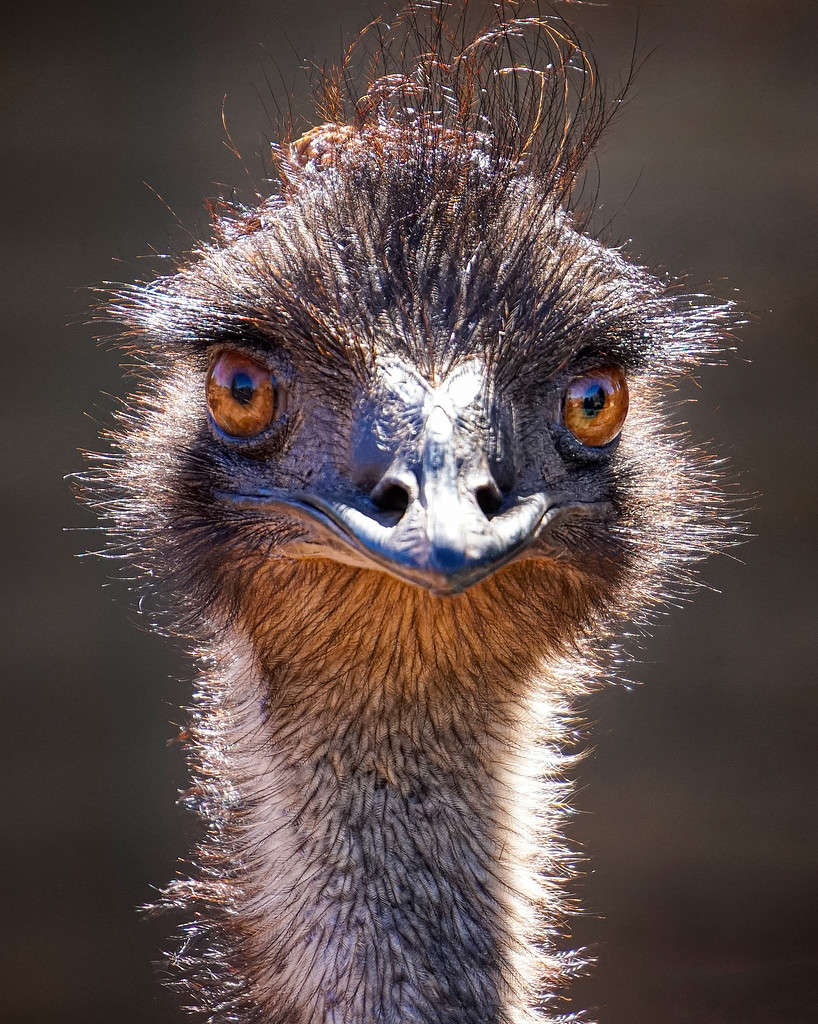
“The Great Emu War,” this full-scale battle against emus lasted from November 2 to December 10, 1932.
©Justin Bartels/ via Getty Images
Australia once waged war against Emus in 1932 because about 20,000 of them were invading war veterans’ farmlands. The emus wreaked havoc on farmlands, fed on crops, and damaged agricultural tools/ infrastructure. Dubbed “The Great Emu War,” this full-scale battle against emus lasted from November 2 to December 10, 1932.
Australian soldiers prepared thoroughly for the war against emus. Unfortunately, even though they deployed Lewis machine guns and 10,000 rounds of ammunition, the emus won the battle. According to Australia’s media, the animals were too tough and fast to destroy. The government later employed a bounty system where hunters received payments for every emu they killed.
6. The Emu is the World’s Second Tallest Bird
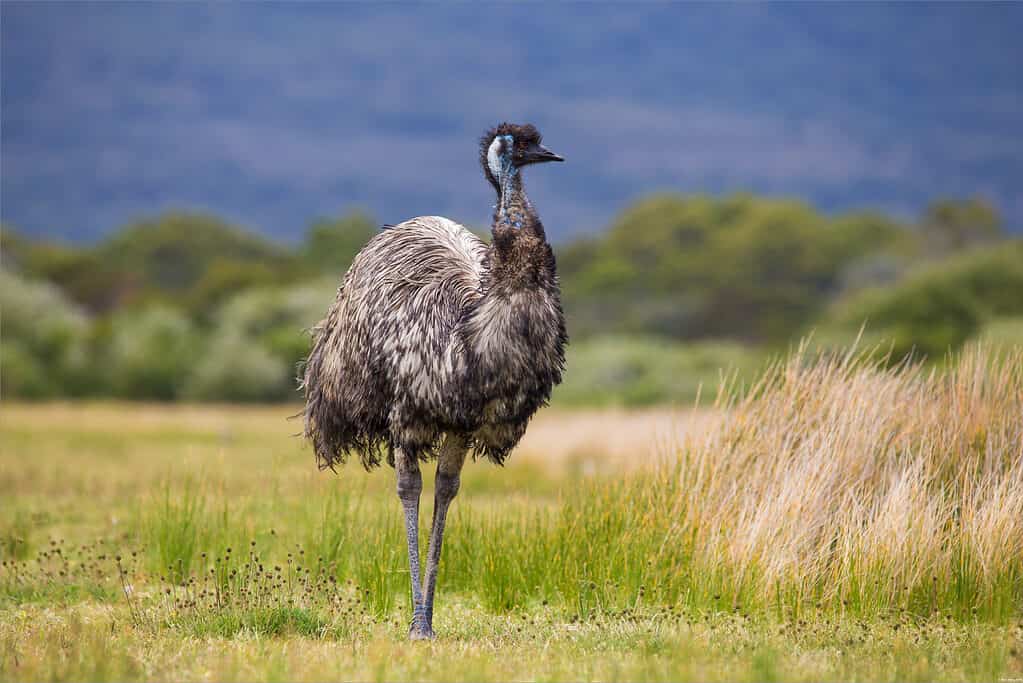
Emus can run almost 30 miles per hour.
©colacat/Shutterstock.com
Besides being Australia’s most enormous native bird, emus hold the spot of the world’s second-tallest bird after ostriches. Emus are so tall that they have a running stride of 9 feet and can cover a complete 0.0006 miles in one step. They can run almost 30 miles per hour. It will interest you to note that besides their height, emus are also one of the heaviest birds on Earth.
7. Emus Feature in Australian Aborigines’ Myths

Some Australian aboriginals also believe that the milky way’s dark dust lanes represent giant sky emus.
©Hazel Plater/Shutterstock.com
The Yuwaalaraay are Aboriginal Australians from north-western New South Wales. They believe the sun originated from an emu’s egg after the gods threw it into the sky. Yuwaalaraay (Euahlayi, Euayelai, Eualeyai, Ualarai, Yuwaaliyaay, and Yuwallarai) also has a story about how emus came to be. According to the myth, a man once pissed a little bird off and the bird retaliated by chopping his arms and turning him into an emu. Some Australian aboriginals also believe that the milky way’s dark dust lanes represent giant sky emus.
8. Emus Wings Tips Have Small Claws
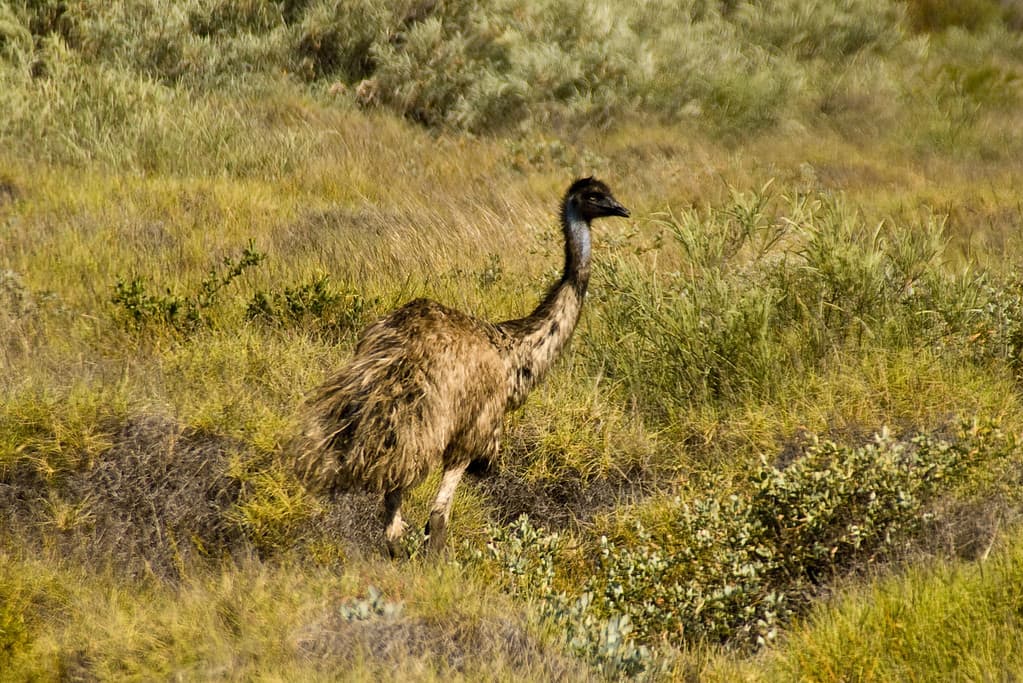
Besides their claw wings which they flap as they run to maintain balance, emus have other unique modifications, like three toes and soft beaks.
©samvaltenbergs/ via Getty Images
Emus are among the few bird species that have claws on their wings. Other birds with claw wings include ostriches, ducks, and swans. Besides their claw wings which they flap as they run to maintain balance, emus have other unique modifications. For example, they have three toes, unlike other birds with four. They also have soft beaks for grazing and thick under-foot pads for traveling far distances.
9. Male Emus, Not Females, Care For Their Eggs
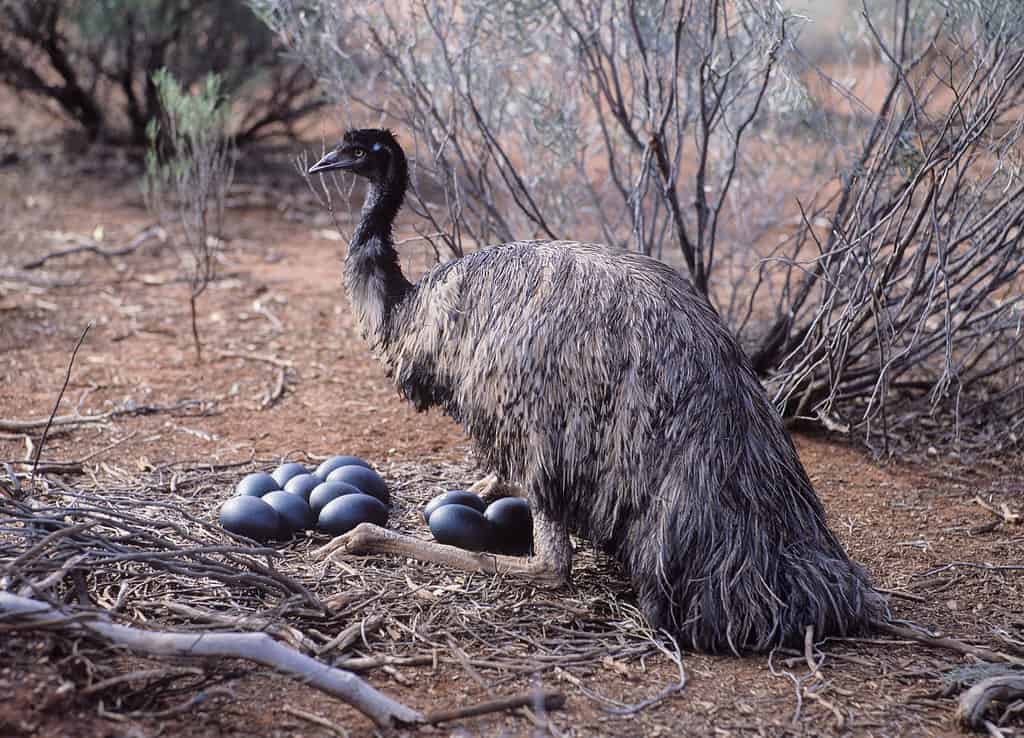
Males typically hatch the eggs and keep them warm by sitting on them for many weeks.
©JohnCarnemolla/ via Getty Images
In the animal kingdom, the females are often nurturers with the primary duty of tending their young. Amazingly, emus don’t seem to buy into this rule as their males are responsible for hatching their eggs. They typically hatch the eggs and keep them warm by sitting on them for many weeks.
10. No One Knows Where Emus Got Their Name From
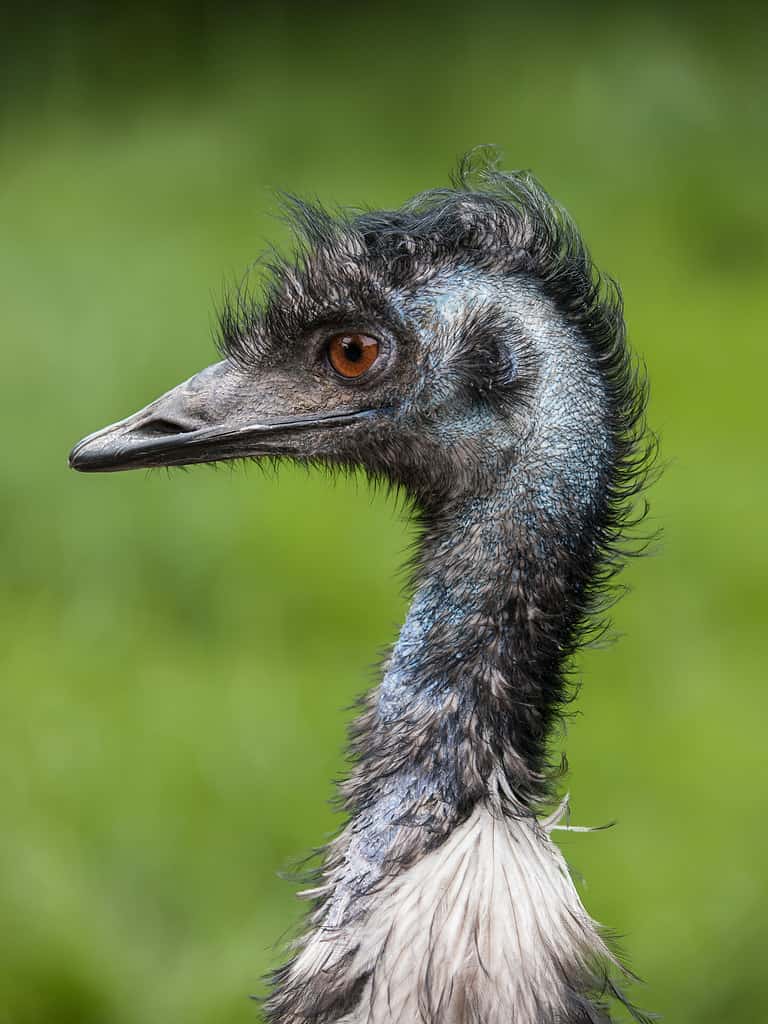
Emus forage for a variety of plants and insects, but have been known to go for weeks without eating.
©William Warby, CC BY 2.0, via Wikimedia Commons – License
While several animal names have clear origins, how emus got their name remains a mystery. However, as expected, there are many unconfirmed theories surrounding their name. While some believe that emu is an adaptation of the Portuguese word for large birds, “ema,” others think it originates from an Arabic word for cassowaries.
The photo featured at the top of this post is © K.A.Willis/Shutterstock.com
Thank you for reading! Have some feedback for us? Contact the AZ Animals editorial team.






